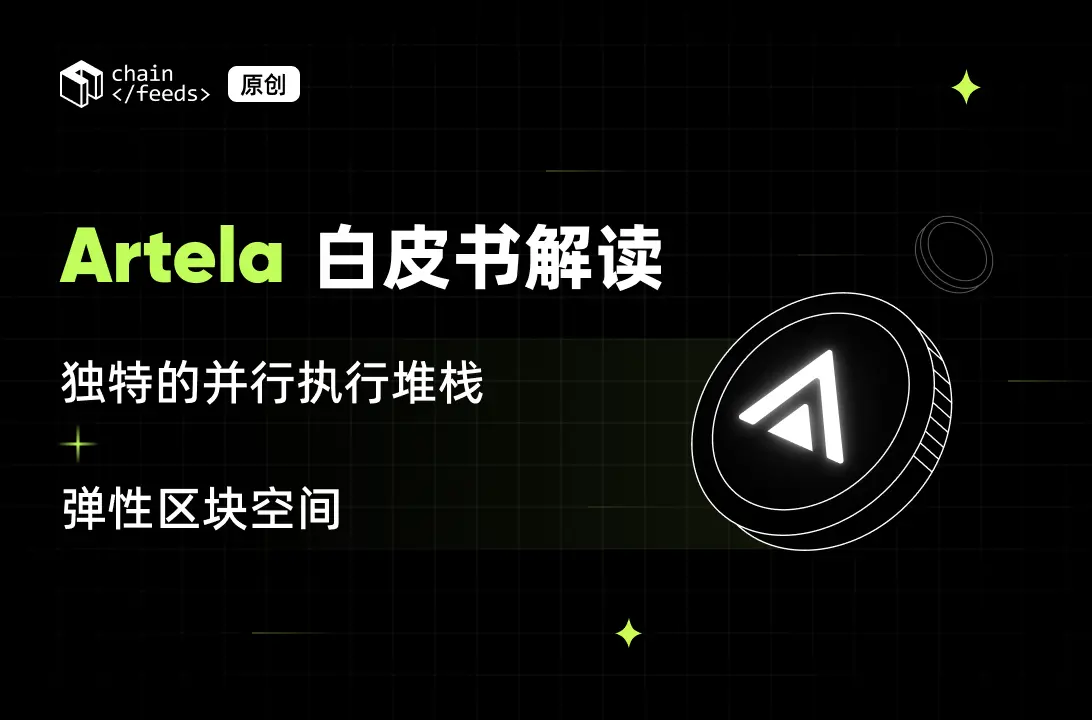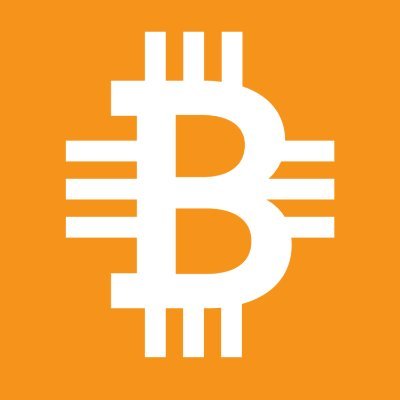The 2.0 Moment of Blockchain Interoperability: Chain Explosion and Chain Abstraction
Original Title: “The 2.0 Moment of Blockchain Interoperability: Chain Explosion and Chain Abstraction”
Author: ZHIXIONG PAN, Co-founder of ChainFeeds
It may sound exaggerated, but the speed of application innovation may not be as fast as the speed at which new public chains are being added.
Especially recently, with the improvement of modular public chains and RaaS, the rapid development of "scene chains" has been promoted, such as DePIN, AI, or financial applications that require an independent blockchain network. Many financial or comprehensive institutions are also looking to issue their own chains (HashKey Chain and Base).
Additionally, Bitcoin's second layers have been launched intensively in the past two months, such as Citrea, BOB, Bitlayer, and Merlin Chain. Lastly, there’s the eternal topic of "performance," which is also driven by parallel virtual machines (and Parallel EVM), such as Monad, MegaETH, and Artela.
For ordinary users, managing assets and applications across multiple chains has become increasingly painful, not to mention needing to leave some Gas (transaction fees) on each chain for emergencies.
These issues have partially been addressed in recent years with the popularity of "cross-chain bridges," which sometimes are categorized under the topic of "interoperability." However, how to aggregate this liquidity or connect all these experiences together is what holds milestone significance.
This is why the new concept and narrative of "chain abstraction" was born, which can also be seen as the ultimate form of "interoperability 2.0" or similar products.
Three Solutions
Due to these experiential issues, blockchain interoperability has become increasingly important. However, users do not aim to use "cross-chain bridges," but rather hope to achieve more specific needs, such as trading specific assets or using certain applications.
In scenarios with only a few chains, users can barely manage cross-chain bridges and multi-chain assets themselves. However, with the future competition among so many chains and the decentralization of applications and liquidity, it is completely unrealistic to expect users to manage these assets safely on their own. Feedback like "I have completely forgotten which chains and protocols I have staked assets in" is often heard in the community.
Users do not want to understand what a "chain" is; they just want to know what it can be used for. Therefore, "demand" should be what users need to understand, hiding the "chain" beneath the demand is the normal perception of an average user.
Also, because cross-chain bridges cannot solve the user's need for unified asset management and direct application usage, the concept of chain abstraction was proposed as another important node under the topic of "interoperability."
Many teams have focused on "chain abstraction" and provided solutions, but overall, each team has similar modules and architectures, yet their focuses differ significantly. At least three representative directions can be identified: signature networks, universal account layers, and cross-chain bridge aggregation.

It is actually easy to understand that for chain abstraction solutions, users typically need a unified account that can submit transactions across multiple chains, while also solving issues like Gas payment and cross-chain information communication. Besides the common aspects mentioned above, these solutions focus on different independent modules due to their unique characteristics.
NEAR focuses on building a decentralized network using MPC nodes to achieve multi-chain signatures, while Particle is more concerned with the EVM ecosystem, initially supporting the currently broader public chain ecosystem built on the EVM technology stack. Other solutions like Polygon and Optimism focus more on unified cross-chain bridges, concentrating on their own RaaS ecosystem, only serving L2s that use CDK or OP Stack.
Signature Network: NEAR
The signature network solution proposed by NEAR is called "Chain Signatures." The core of this technology allows addresses generated on the NEAR chain to become the user's main account, while accounts and transactions on other chains are signed through a decentralized multi-party computation (MPC) network and submitted to the target chain.
In addition, NEAR has launched a module called Multichain Gas Relayer. The main function of this module is to pay for transaction Gas fees, solving the problem of users needing to hold native tokens on various chains when conducting cross-chain transactions. Currently, this function supports paying Gas fees using NEAR or NEP-141 tokens on NEAR, but it does not yet support broader Gas abstraction.

The fundamental reason for this design is that NEAR is not an EVM-compatible chain. However, it is well-known that the mainstream in the market is still EVM-homogeneous chains, which are far more numerous. Therefore, interoperability with EVM-homogeneous chains can only be achieved through the MPC network.
This also brings some experiential issues:
High migration costs: For users in the Ethereum ecosystem, it is not possible to migrate directly (for example, using MetaMask) to the NEAR ecosystem; they still need to create a brand new account on NEAR.
Longer transaction confirmation process: Since the EVM multi-chain wallet created through NEAR is EOA (externally owned account, generated through public and private keys), the process of queuing and signing multiple transactions (which at least includes authorization + transaction) for cross-chain operations may take a long time for users to wait for confirmation. Moreover, since these are separate transactions, the Gas consumed cannot be optimized.
From the perspective of token utility, NEAR's native token will become the Gas token for the entire chain abstraction process, and users will need to consume NEAR to pay for all Gas costs in the entire chain abstraction process.
Universal Account: Particle Network
The Particle Network solution focuses more on the account itself, using an independent blockchain network to orchestrate states and assets across other chains. To put it more straightforwardly, users only need to use a Particle Network address to access assets and applications across all chains, which Particle refers to as a Universal Account.
As for information relaying, which is the transmission of messages across different chains, Particle's L1 listens to the execution status of external chain UserOps through its own Relayer Node on its chain. However, since the underlying technology is still based on EVM, if it needs to support addresses from non-EVM-homogeneous chains, it may require other modules for support, such as an MPC network similar to NEAR.
Thus, this is a significant difference. Unlike NEAR, Particle Network's design prioritizes EVM, with a native EVM address that easily connects to any chain and application in the EVM ecosystem, including wallets.
From a user perspective, Particle Network's EVM-first solution allows users to conveniently migrate accounts created in the EVM ecosystem, which is as simple as adding a network in MetaMask, just like the process of adding the Optimism or Arbitrum networks.
For example, a scenario that a heavy or Web 2.5 user would strongly perceive: USDT is distributed across several chains, for instance, 100 USDT on chain A, 100 USDT on chain B, and 100 USDT on chain C. When a user wants to use these assets to purchase assets on chain D, it becomes very troublesome. Although all these USDT belong entirely to the user, the user experience does not allow for convenient realization because these assets are fragmented. If all these USDT were moved to one chain, it would not only involve finding cross-chain bridges and waiting times but also preparing different chains' Gas. With the Universal Account provided by Particle L1, users can consolidate purchasing power distributed across different chains, allowing one-click purchases of assets on any chain and choosing any token as Gas. The underlying operational mechanism can be referenced in the diagram below.

Additionally, the biggest difference between the Particle solution and NEAR is the granularity of transactions, which can also achieve batch signing and transactions through aggregation. This means users can bundle multiple transactions together, which not only saves the number of signatures and time but also reduces the Gas involved in complex transaction scenarios.
Particle has designed various consumption and usage scenarios for its token $PARTI. For ordinary users, the most direct use is as the Gas token for the Universal Account, enabling transactions across any blockchain. If users do not have $PARTI, they can also choose other tokens for payment (but regardless of which token is used to pay Gas, $PARTI will still be consumed). For the entire ecosystem, Particle L1 has five node roles (refer to the diagram below), allowing users to stake $PARTI to become nodes and participate in network consensus and transactions to earn more rewards. Additionally, the $PARTI token can also serve as an LP token within the Particle Network, participating in cross-chain atomic swaps and earning transaction income.

Cross-Chain Bridge Aggregation: Polygon AggLayer
The cross-chain bridge aggregation solutions are typified by Polygon AggLayer and Optimism's Superchain. They are both designed with an Ethereum ecosystem-first architecture.
Compared to traditional cross-chain bridges, AggLayer aims to unify the standards of cross-chain bridge contracts, eliminating the need for independent smart contracts between each chain and Ethereum. In this solution, the Ethereum mainnet serves as the center, aggregating cross-chain information from all chains through zero-knowledge proofs.

However, the issue here is that other chains may not necessarily accept this unified liquidity cross-chain bridge contract, which could create resistance to integrating new public chains unless this solution can gain acceptance from all other public chains or become a widely recognized industry standard. From another perspective, AggLayer is essentially an additional feature for teams that have adopted the Polygon CDK to develop chains, so those not using the CDK will not have this feature by default.
Optimism's Superchain is somewhat similar; they initially focus on interoperability between Ethereum Layer 2s, as some teams have already developed more Layer 2 networks using the OP Stack. They can achieve interoperability in this way, but the more important question is how to expand to a broader range of other public chain networks.
Thus, from a user experience perspective, both AggLayer and Superchain are bound to the EVM ecosystem, making it easy to migrate from MetaMask. However, for ecosystems outside of EVM, they cannot be integrated.
Conclusion
Although these solutions differ in focus, their common goal is consistent: to provide users with a simple and intuitive way to manage multi-chain assets and applications in a rapidly expanding blockchain network. Each team is striving to solve how to maintain simplicity and clarity for users operating in a multi-chain environment.
From the three solutions, NEAR's signature network centers around the NEAR network and designs cross-chain signatures within a decentralized MPC network. Particle Network's universal account emphasizes enhancing interoperability through the powerful EVM ecosystem while also connecting to more other public chain ecosystems. Polygon AggLayer focuses on optimizing interoperability within the Ethereum ecosystem through the aggregation of cross-chain bridges. Although these solutions differ in technical implementation and application focus, they all aim to improve the convenience of cross-chain operations for users and reduce complexity.
However, I believe that ultimately these technological choices will converge. Because they all target the same ultimate goal—enhancing user-friendliness and interoperability within the blockchain ecosystem. As technology evolves and the industry further integrates, we may see more collaboration and fusion, and the boundaries between these solutions may become blurred. Therefore, what is now more important is not just the choice of technology and narrative, but also the early realization of this new experience of full-chain aggregation for users.













